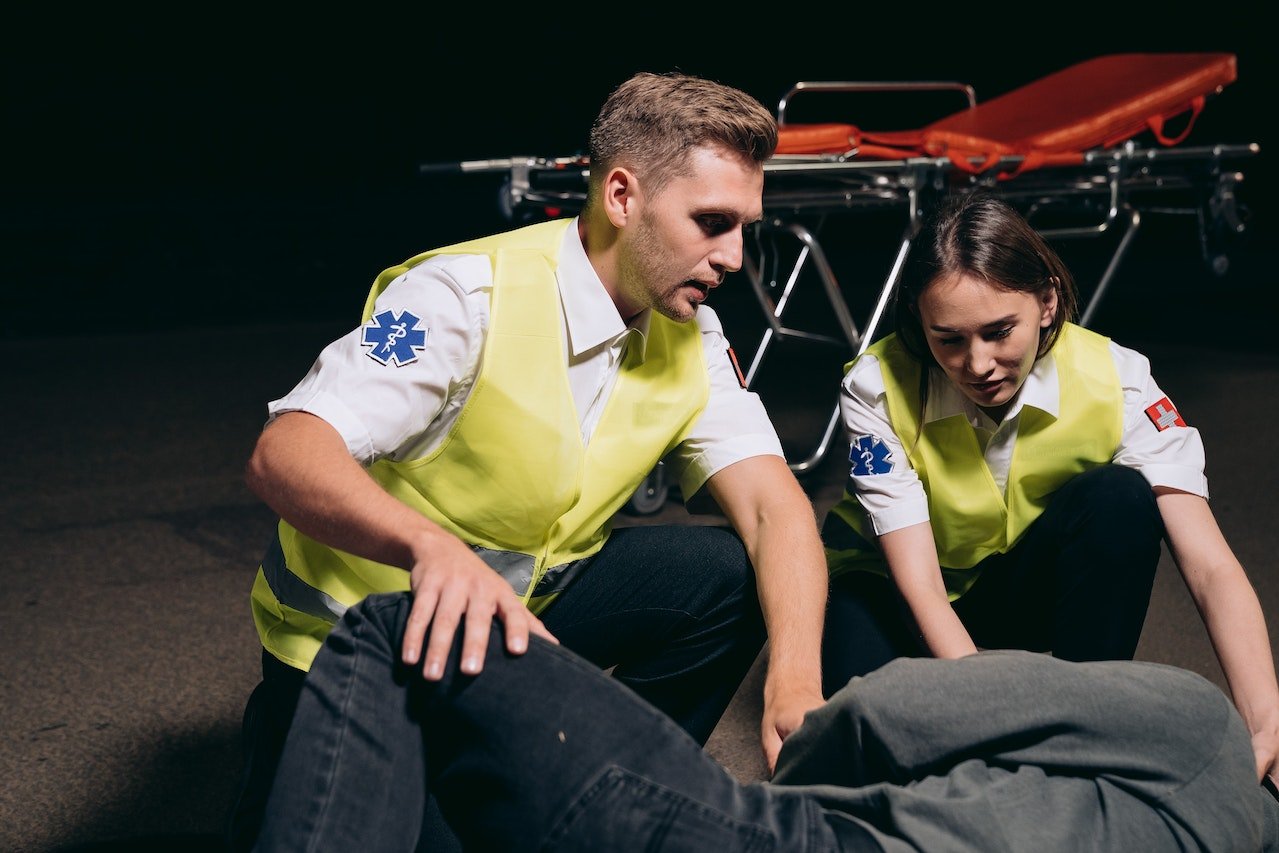Three Injury-Prone Jobs Get a Boost in New Safeguards (2023)

As we all know, some jobs are inherently more dangerous than others. However, advancements in technology and increased safety measures have helped to reduce the number of workplace injury-prone and fatalities. In this article, we will discuss three jobs that are traditionally injury-prone and the new safeguards that are being implemented to reduce the risk of injury.
Read More: COMMON CAUSES OF CAR ACCIDENTS (2023)
Injuries at work are a major concern for both employees and employers. Workplace injury-prone can lead to lost wages, medical bills, and reduced productivity. Therefore, it is crucial to implement safety measures that can help prevent accidents and injuries.
Construction Workers
Construction work is one of the most dangerous occupations, and construction workers are at a higher risk of injury and fatality than most other professions. The nature of their job involves working at heights, operating heavy machinery, and handling hazardous materials.
To reduce the risk of injury-prone, construction companies are increasingly using drones to survey and inspect job sites. Drones can provide a bird’s-eye view of the construction site, allowing workers to identify potential hazards before they become a problem.
Additionally, construction workers are being trained to use exoskeletons to help reduce strain on their backs and legs. These exoskeletons are designed to support the weight of heavy tools and materials, which can reduce the risk of injuries caused by overexertion.
Healthcare Workers
Healthcare workers are another group of employees that are at a higher risk of injury than most other professions. The nature of their job involves close contact with patients, exposure to infectious diseases, and the use of heavy equipment.
To reduce the risk of injury-prone, healthcare workers are being provided with personal protective equipment (PPE) such as gloves, masks, and gowns. Additionally, hospitals are implementing new technologies such as UV sterilization and electrostatic disinfection to help reduce the risk of infection.
Read More: FL. Power Plant in Spotlight After Several Accidents (2023)
Truck Drivers
Truck drivers are another group of employees that are at a higher risk of injury than most other professions. The nature of their job involves long hours of sitting, driving in all weather conditions, and the risk of being involved in accidents.
To reduce the risk of injury, truck drivers are being trained to use new safety features such as lane departure warning systems and automatic emergency braking systems. Additionally, trucking companies are using telematics systems to monitor drivers’ behavior and identify potential safety concerns before they become a problem.
Conclusion
In conclusion, workplace Injury-Prone can have a significant impact on both employees and employers. By implementing new safety measures, we can reduce the risk of injuries in traditionally injury-prone jobs. By using new technologies and safety features, we can create a safer working environment for everyone.
FAQs
What are exoskeletons, and how do they help construction workers?
Exoskeletons are wearable devices designed to support the weight of heavy tools and materials. They help reduce strain on workers’ backs and legs, reducing the risk of injuries caused by overexertion.
What is PPE, and why is it important for healthcare workers?
PPE stands for personal protective equipment, and it includes gloves, masks, and gowns. PPE is essential for healthcare workers to prevent the spread of infectious diseases and reduce the risk of injury.
What are telematics systems, and how do they help truck drivers?
Telematics systems are used to monitor drivers’ behavior and identify potential safety concerns before they become a problem. By using telematics systems, trucking companies can create a safer working environment for their drivers.
What is UV sterilization, and how does it help reduce the risk of infection in hospitals?
UV sterilization is a technology that uses ultraviolet light to kill bacteria and viruses. By using UV sterilization, hospitals can effectively disinfect surfaces and reduce the risk of infection for healthcare workers and patients.
How do drones help in improving safety in construction sites?
Drones provide a bird’s-eye view of construction sites, allowing workers to identify potential hazards and plan accordingly. Drones can also assist in inspecting hard-to-reach areas, reducing the risk of accidents and injuries for construction workers.
